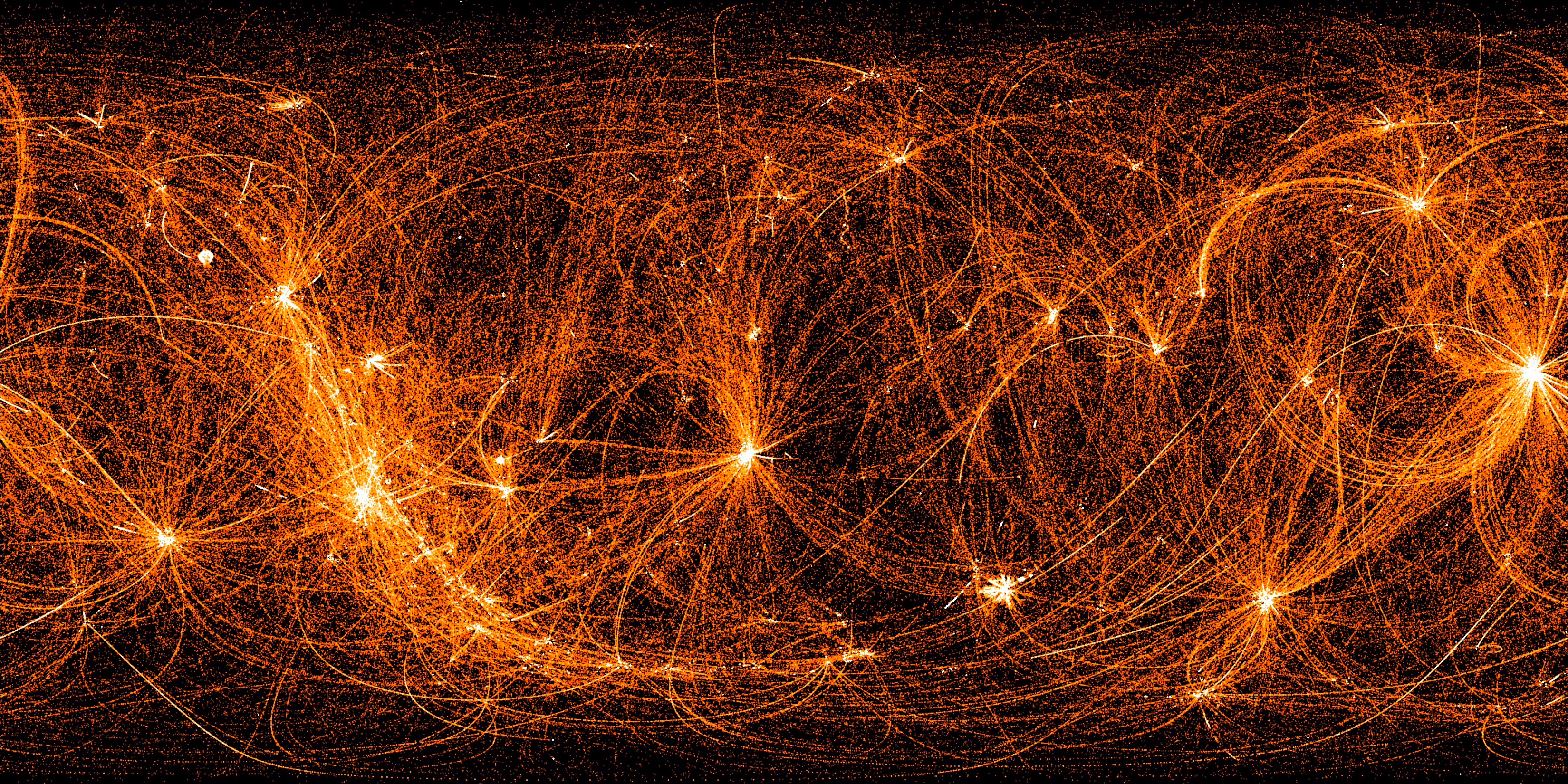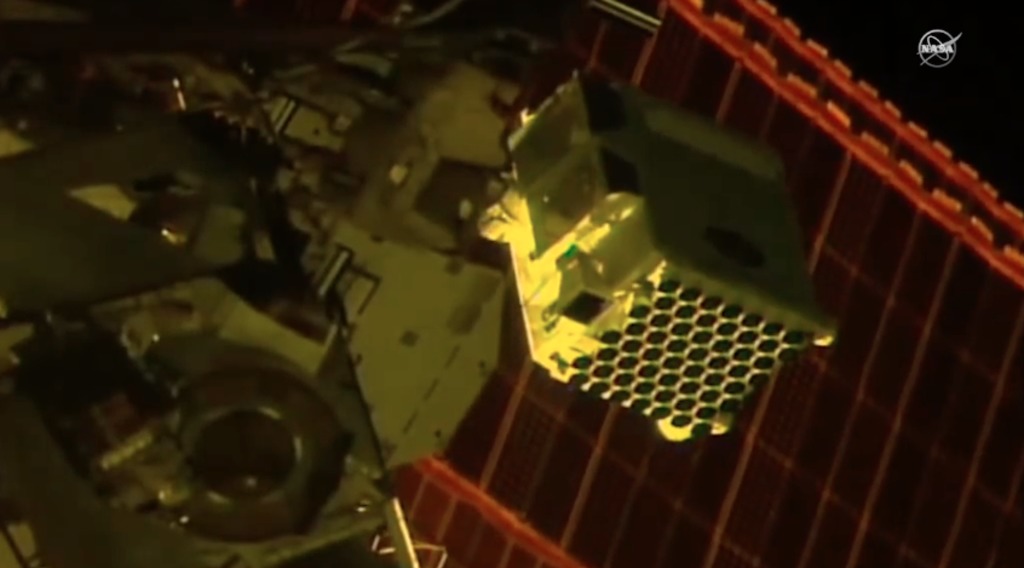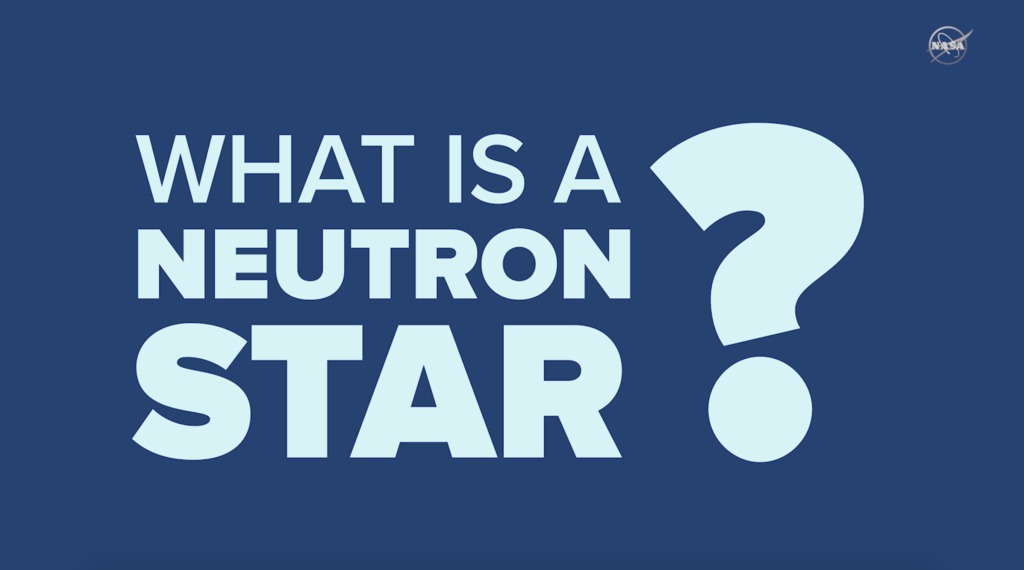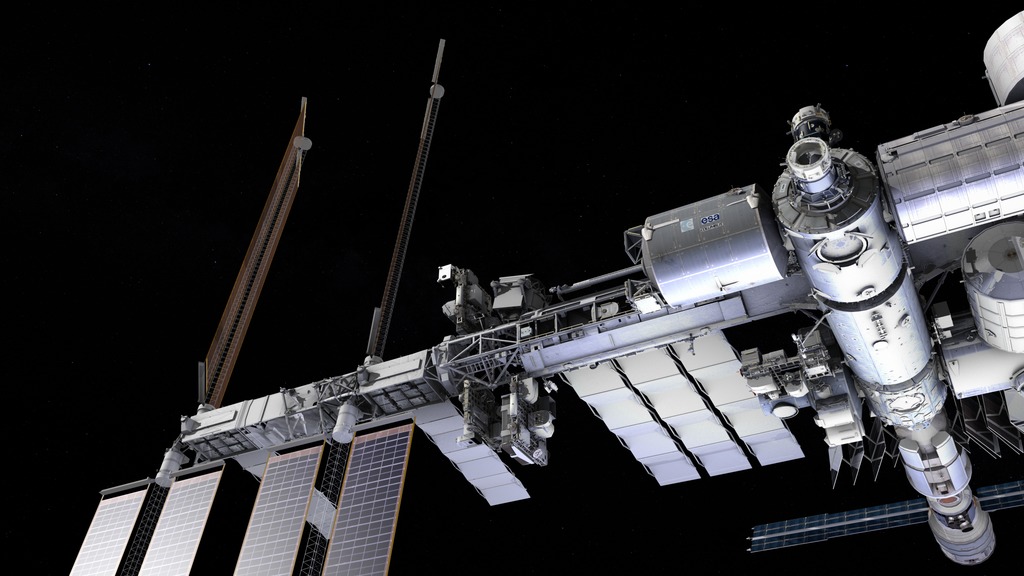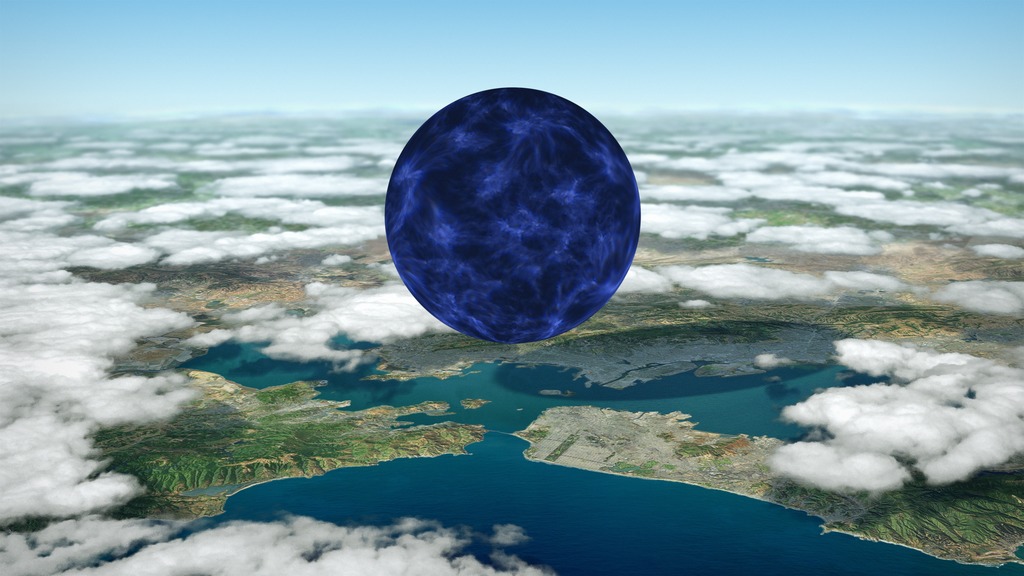NICER Mission Overview
The Neutron Star Interior Composition Explorer (NICER) payload, destined for the exterior of the space station, will study the physics of neutron stars, providing new insight into their nature and behavior. These stars are called “pulsars” because of the unique way they emit light – in a beam similar to a lighthouse beacon. As the star spins, the light sweeps past us, making it appear as if the star is pulsing. Neutron stars emit X-ray radiation, enabling the NICER technology to observe and record information about their structure, dynamics and energetics. The payload also includes a technology demonstration called the Station Explorer for X-ray Timing and Navigation Technology (SEXTANT) which will help researchers to develop a pulsar-based space navigation system. Pulsar navigation could work similarly to GPS on Earth, providing precise position and time for spacecraft throughout the solar system.
The 2-in-1 mission launched on June 3, 2017 aboard SpaceX's eleventh contracted cargo resupply mission with NASA to the International Space Station. The payload arrived at the space station in the Dragon spacecraft, along with other cargo, on June 5, 2017.
Music credit: Killer Tracks, Shifting Reality
For More Information
See NASA.gov
Credits
Please give credit for this item to:
NASA's Goddard Space Flight Center
-
Producer
- Clare Skelly (NASA/GSFC)
-
Narrator
- Joy Ng (USRA)
-
Animators
- Walt Feimer (KBR Wyle Services, LLC)
- Lisa Poje (USRA)
Release date
This page was originally published on Thursday, June 1, 2017.
This page was last updated on Wednesday, May 3, 2023 at 1:47 PM EDT.
